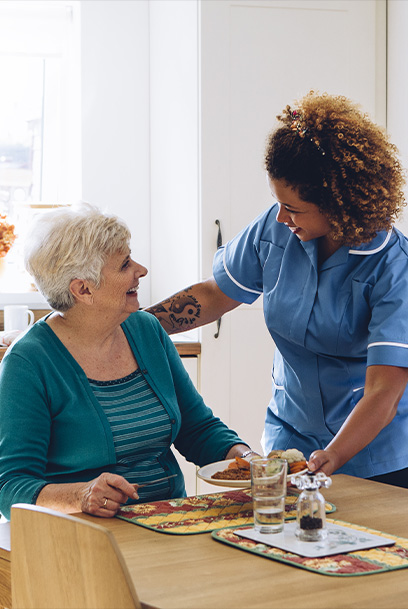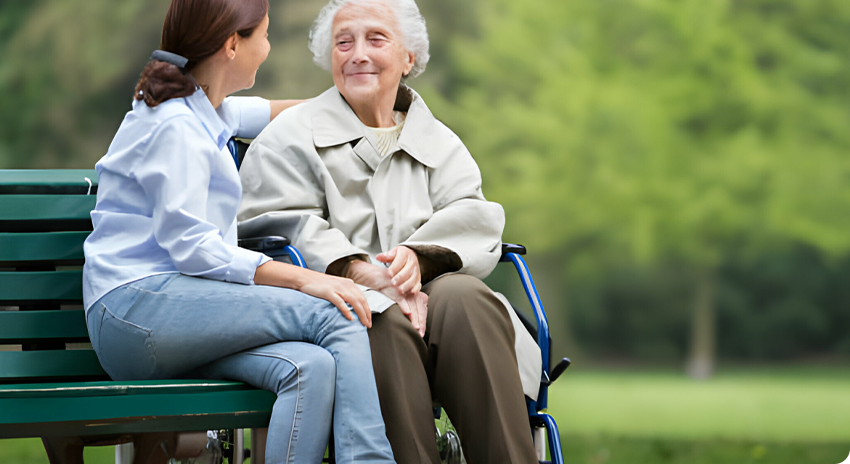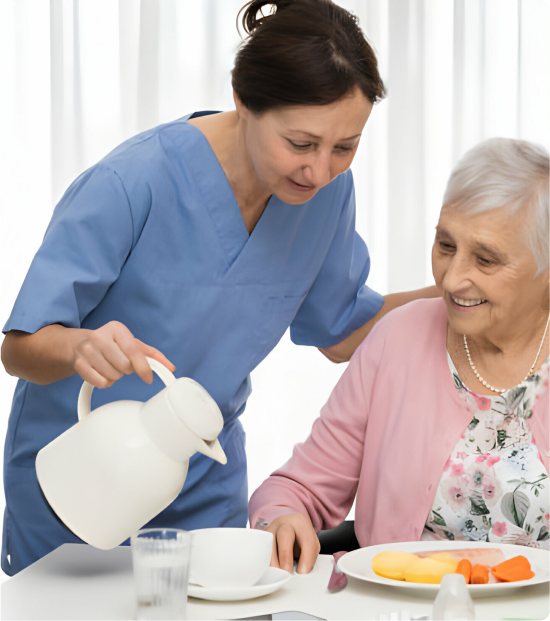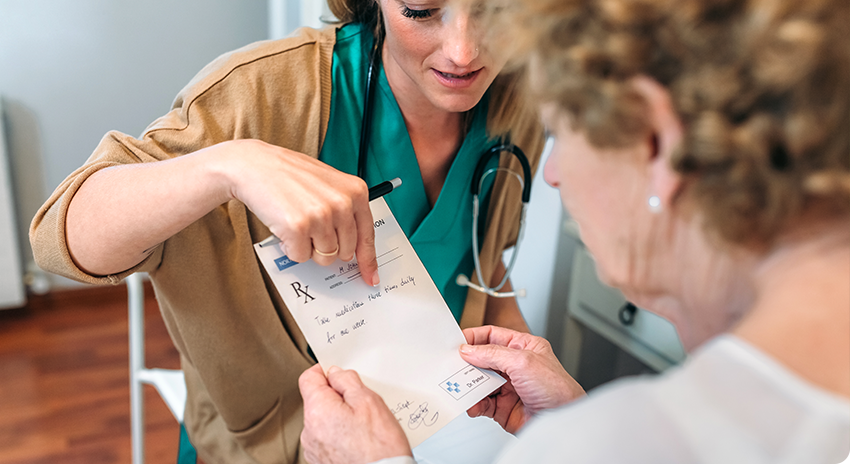By Eric Blumer
"America's Greatest Whiskey" is made in Colorado. That's according to judges at the 2025 International Spirits Competition. Talnua Distillery, in Arvada, was awarded the honor, "America's Greatest Whiskey," for their Bourbon Cask & Stave Series Single Pot Still American Whiskey.
Talnua Distillery was established by Patrick and Meagan Miller in 2017. They shared a love for Irish whiskey. Patrick says Talnua, "is the first fully dedicated single pot still distillery outside of Ireland, and we're really proud to be reviving this old Irish heritage style of whiskey in the United States.
"We'd always been immersed in the Irish Gaelic culture, and found a real love for whiskey, because culturally, it's so significant. The Irish invented whiskey," Patrick said.
The name Talnua is derived from the Irish word "new land or new world." Miller says they are "bringing this old traditional style of Irish whiskey making here to America."
"We want to honor this tradition and honor the ancestry of this whiskey, both ancient and modern," he said.
Patrick is eager to share their recipe. He says it's "50% malted barley, 50% raw barley, all from Colorado."
"We triple distill that whiskey. We then age that whiskey in ex-bourbon barrels from Breckenridge Brewery. Then we add charred American white oak staves and toasted French oak staves at the beginning of maturation in with the new make, so that those ... mellow together for the four year aging period. That gives us this beautiful refined color, this nice golden hue. And it's a beautiful thing. We use Eldorado (Natural Spring Water) to cut down our whiskey."
Their whiskey starts off the same as beer.
"We carry the heritage of brewers. We make what is called wash. It's not beer. It doesn't have hops in it, but it's brewed in that same style. We lean on that brewer's heritage. The type of whiskey that we make is distilled beer, or more commonly known as wash, that is the result of our fermentation after seven days. It then goes into our copper pot still," Patrick said.
Once out of the still it is put inside a wood cask to age for years. The aging process is vital, Patrick says.
"The cask makes a huge difference. 100% of the color and anywhere from 40 to 70% of the flavor comes from the cask. The main ingredients are water, yeast, grains, oak and time. The variations and type of wood ... all affect the maturation process, especially the cask. Finding barrels, the very rare casks, is really important. It's part of the fun of making whiskey, finding barrels that have existed for decades before we receive them. Originally, we only put American oak into the cask. We changed up ... you can get a lot of different sugar profiles from different char levels and different toasting processes so that oak will release different sugars, different tannins based on the cooking treatment, whether that be charring or toasting, and then different species of wood. So we have American white oak, but then also French oak in the cask to really build a unique depth and character to the whiskey."
Patrick says Talnua is "able to transform and bring together in a glass ... the best of what we have to offer in Colorado."
"There's an engineering science element, an artistry of putting these beautiful spirits together, and a strong tie to the history of both Ireland and the United States. The nature of Colorado has really yielded this beautiful spirit," Patrick said.
Miller is an Irish whiskey historian. He says, "the English used to tax Irish malted barley. So the Irish started throwing in large portions of raw, un-malted barley into their mash bills. In Ireland, this style is known as single pot still whiskey, single meaning made at one distillery, so that you know that everything was done grain to glass at this one distillery. Pot still is reference to the distilling apparatus, but also that mash bill of the addition of malted and un-malted barley into the mash bill. So we our house recipe that this whiskey is made out of is 50% malted barley, 50% raw, un-malted barley. It then goes into fermentation. We have long fermentation, seven days of fermentation. Typical bourbon fermentations are usually three to four days. So we're almost double the amount of time. It's a very low, slow fermentation. Irish ale yeast that was pioneered at the Guinness brewery in Dublin, is our house yeast strain. We then triple distill the whiskey."
"The nature of Colorado has really yielded this beautiful spirit and has hopefully started to be recognized with these type of awards," Patrick said.
Talnua has garnered a number of top awards, all within the span of months. Patrick says that proves, "that we might be onto something here, and that our Irish ancestors were onto something centuries ago when they started making this whiskey."
Talnua Distillery is located at 5405 West 56th Avenue in Arvada.

 303-268-2156
303-268-2156




 Service Areas
Service Areas























